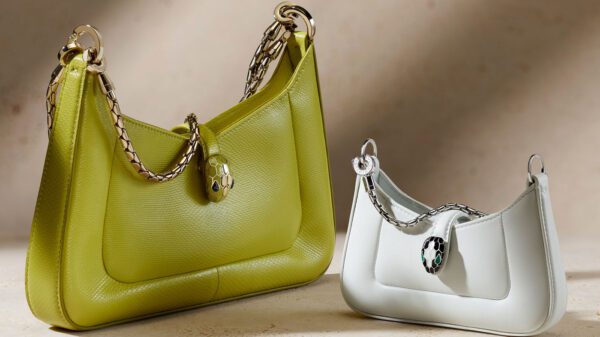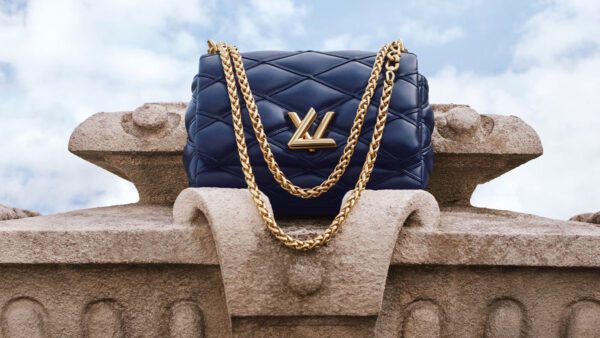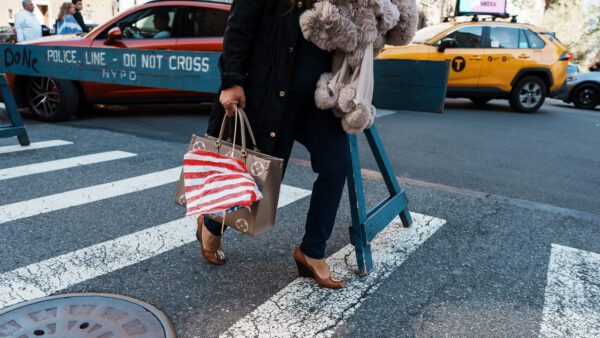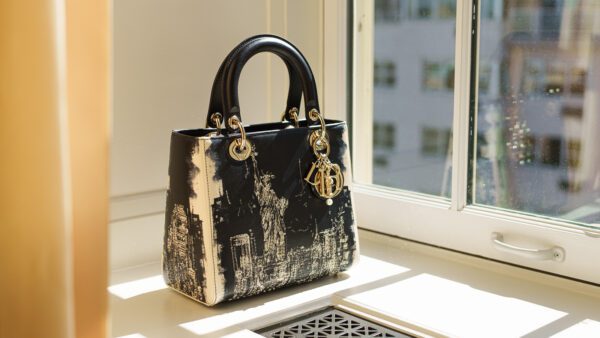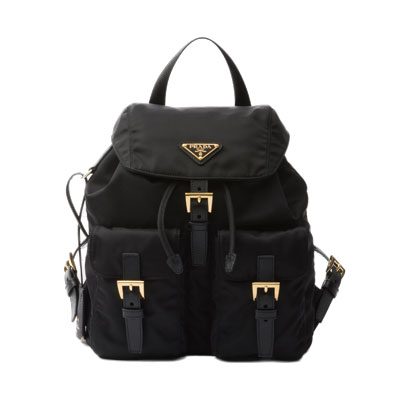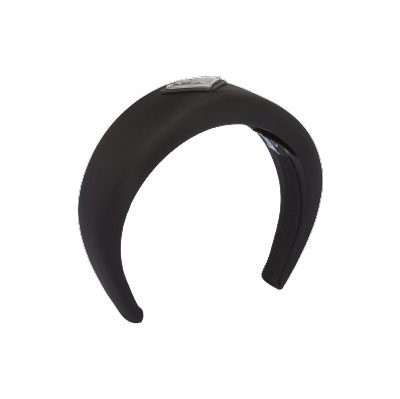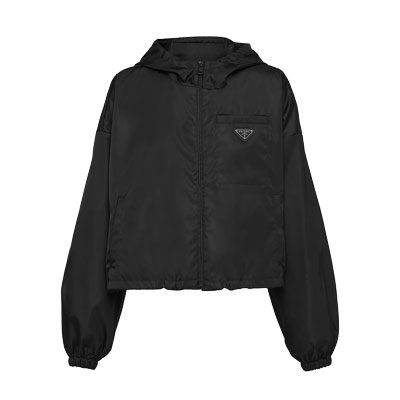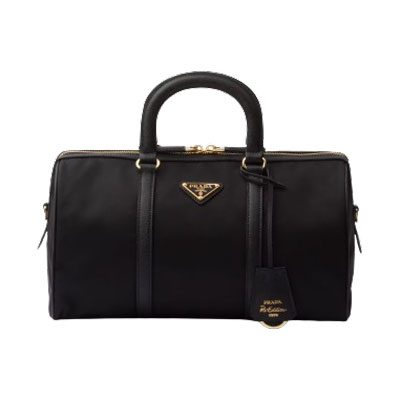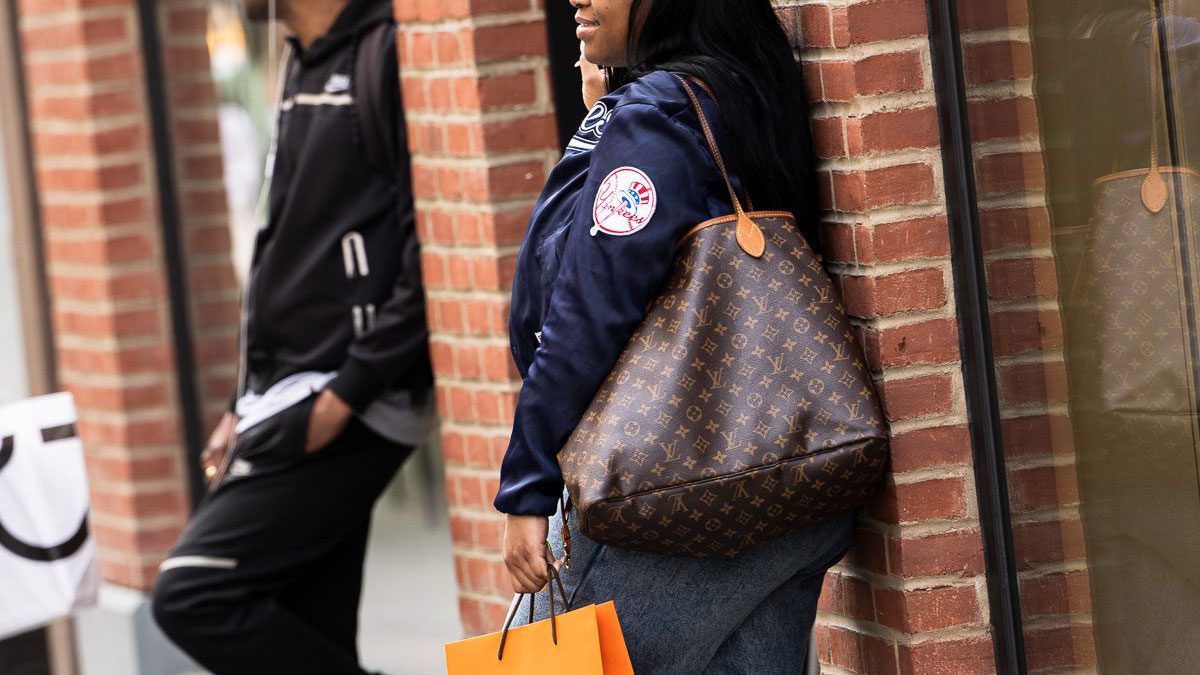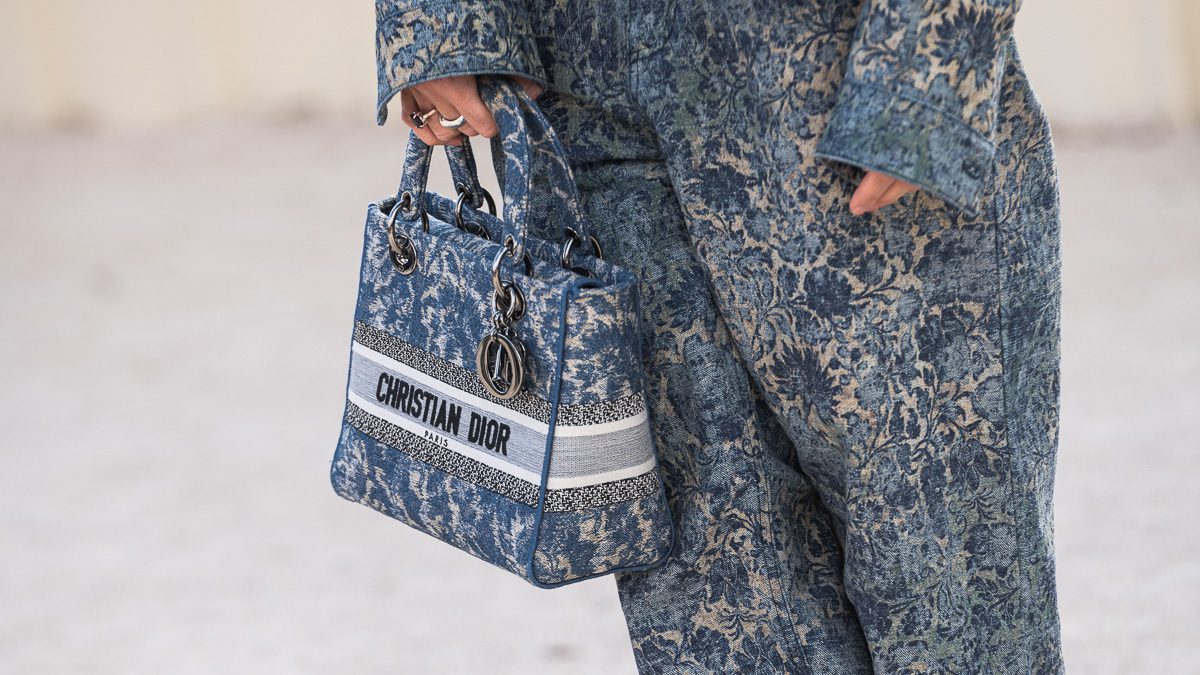Our friend Merriam, as in Merriam Webster, defines luxury as “something adding to pleasure or comfort but not absolutely necessary.” And when you think of luxury, what comes to mind? If visions of yachts, private planes, 5-star hotels, Michelin-star meals, and designer goods are dancing in your head, you’d not be wrong. All of the aforementioned things not only feel luxurious, but they also feel rather exclusive. Etail, reports that the key to luxury will always be centered around a certain idea of exclusivity and if something is exclusive, it’s certainly not easily accessible.
For years, contemporary and indie brands have touted this idea of “accessible luxury,” but if something is easily accessible, it lacks an air of exclusivity. Can a handbag, or other good, that’s accessible also be a luxury? Let’s discuss.
Luxury As A Marketing Gimmick
The term accessible luxury feels counterintuitive, almost an oxymoron at that. Created as a marketing tactic meant to speak to a consumer’s innate desire to have the very things they cannot access or afford, many brands have capitalized on the affordable luxury schtick (think Coach, Kate Spade, and Michael Kors). Still, it comes at a price in the long run, and oversaturation often negates a brand’s perceived luxury.
Touting oneself as affordable can lead to a certain level of devaluing, as luxury signifies that something is scarce. Hence, as a brand becomes more and more accessible, it is at the risk of losing sales and valued consumers.
Of course, a brand’s perceived luxury value is defined by attributes other than just its accessibility alone (think price-point, quality of materials, etc.), and luxury can feel different to everyone. One person’s Hermès can be another person’s Louis Vuitton, and my luxuries, the ones that take months of planning and saving to achieve, may not be the same as yours.

